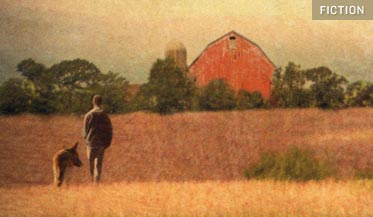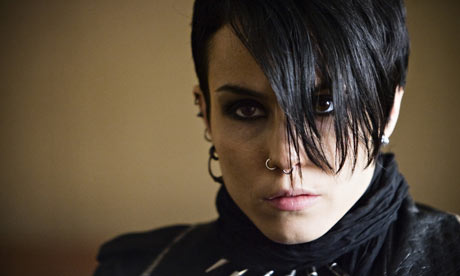 |
| Writing in the new Era |
Inspired by the book that I am reading now - The Big Book Shelf by Sunil Sethi
This blog attempts to capture the word writing in its various forms. Whether it is the cave paintings of Altamira or the writings of a literary mind, the act of writing is essentially an act of self-expression. The poets in the Royal court houses often wrote to appease their Lordships and Highnesses. Shakespeare often wrote his plays for the English Royal class. They were the ones who funded his projects and sponsored his so called ‘idea-hunting jaunts’. Same was the case with Marlowe and other poets and dramatists. Writers often became the chroniclers or keepers of time. They could mummify the ‘zeitgeist’ in their writings. Thus most of Shakespearean works are textbooks of history and anthropology. Maybe for Shakespeare, his works were just acts of literary celebration. He never would have intended his writings to be treated as historical log books. Just as the proud and excited cave painter of Altamira who drew his hunting exploits on the cave wall, Shakespeare enjoyed his acts of creation.
Writing was an essential part of the schools of thoughts in Ancient Greece and Rome. The grammar schools were training grounds for compositions and translations. The training was grueling and the scribes were given an official status upon the successful completion of learning. Some of them even travelled with the Kings and Emperors to record events of war and achievements. They were the real journalists who got embedded in the annals of history. Plato and Aristotle recorded most of their teachings as writings. The teachings were given in the oral form and their disciples would painstakingly copy them into the written form. With the spread of Christianity, Religious writings became a popular form of writing. Mostly limited to Bible translations and recording the exploits of Saints, these writings gave us the picture about the life inside a monastery or a nunnery. Christian faith leaders traveled widely and they used to record their daily events in a log book. These log books can be considered as the precursor to the branch of travel writing. Some of them even travelled to the Holy Land with the crusaders to capture the religious action. Textbooks and Dictionaries ruled the roost during the classical age. Dr. Johnson compiled the dictionary thus giving a new meaning to the word - Lexicography. The rebellious romantic age that followed was lost in the writings worshipping Nature and inanimate things. The genres of writing namely - Fiction, nonfiction, short-story, drama, poetry, essay ( Prose) became widely popular and there was a wide spread interest in arts and humanities.
In todays world writing is a carefully studied art. There are literary clubs and book clubs to promote the latest trends in literature. Most of the writing done today is for the media. The Radio, Television, Cinema and the Internet dominate the scene. The birth of Journalism ( The fourth estate) led to the new type of writings like features, columns, opinion, snippets, etc.
Writing is also accorded an academic status with Academic writing being taught in many colleges and universities. Universities and Colleges offer courses in creative writing and an MFA degree is seen as a systematic way of mastering the art of writing. There are online versions of writing courses which has led to the mass production of words in the written form. The two types of writing namely - Process and Product writing has gained much popularity among scholars and teachers alike. The Internet offers new avenues for writing such as blogging, micro blogging and even content writing for websites. On a serious note writing is also being used in health industry and tourism industry. In the former writing as seen as a form of therapy for curing the metal burden of trauma patients and in the latter it is seen as a tool to create a verbal description of exotic places and events.


